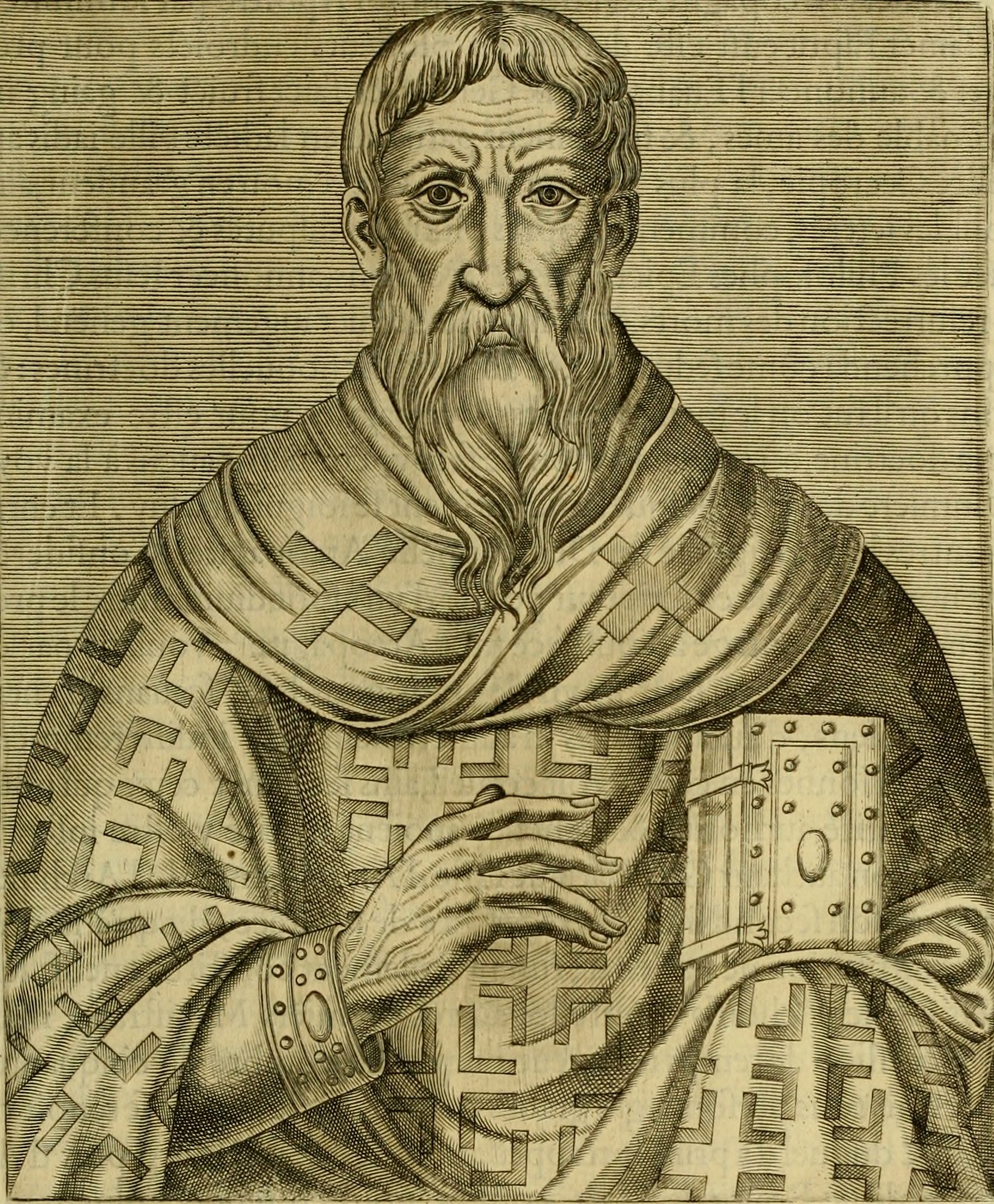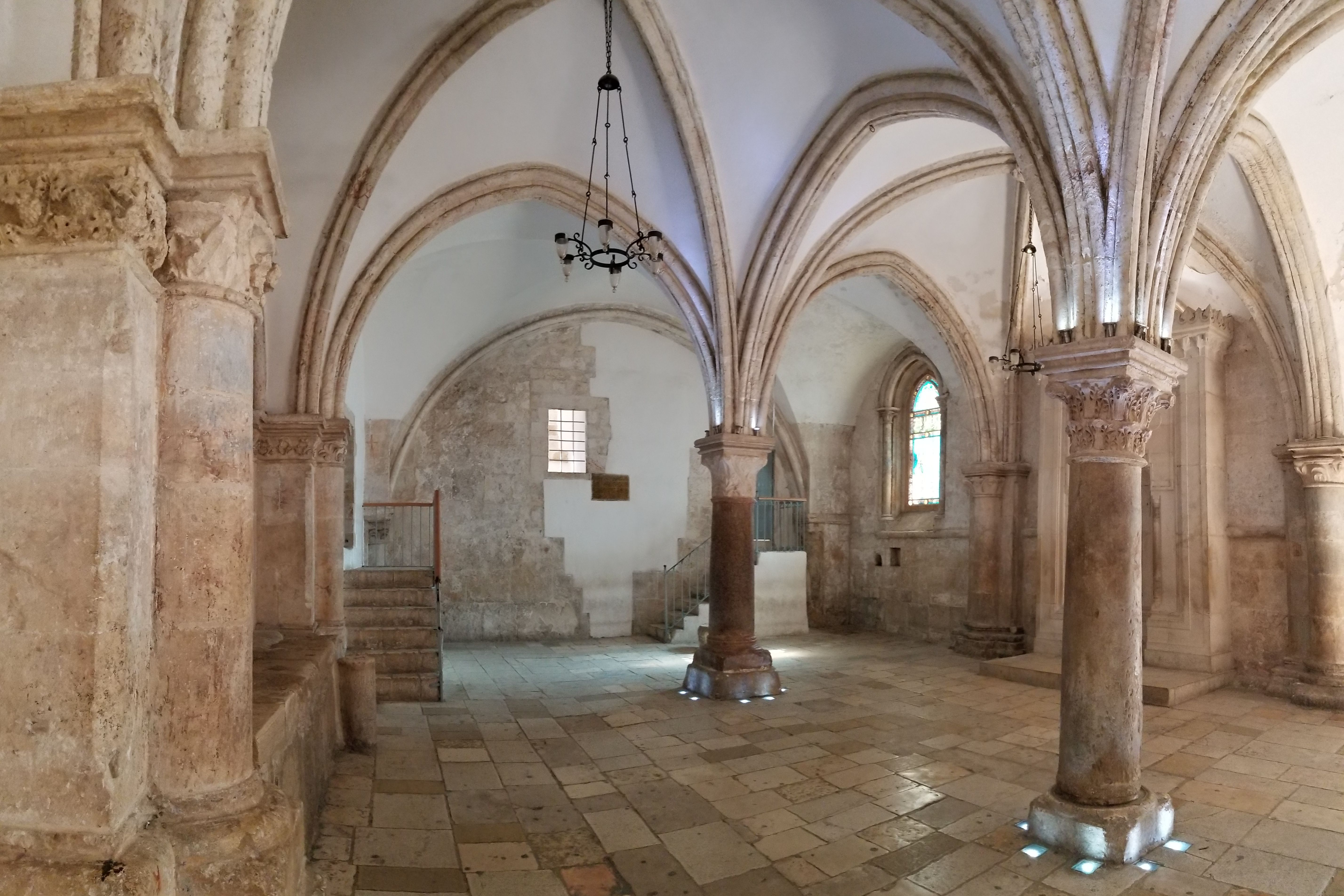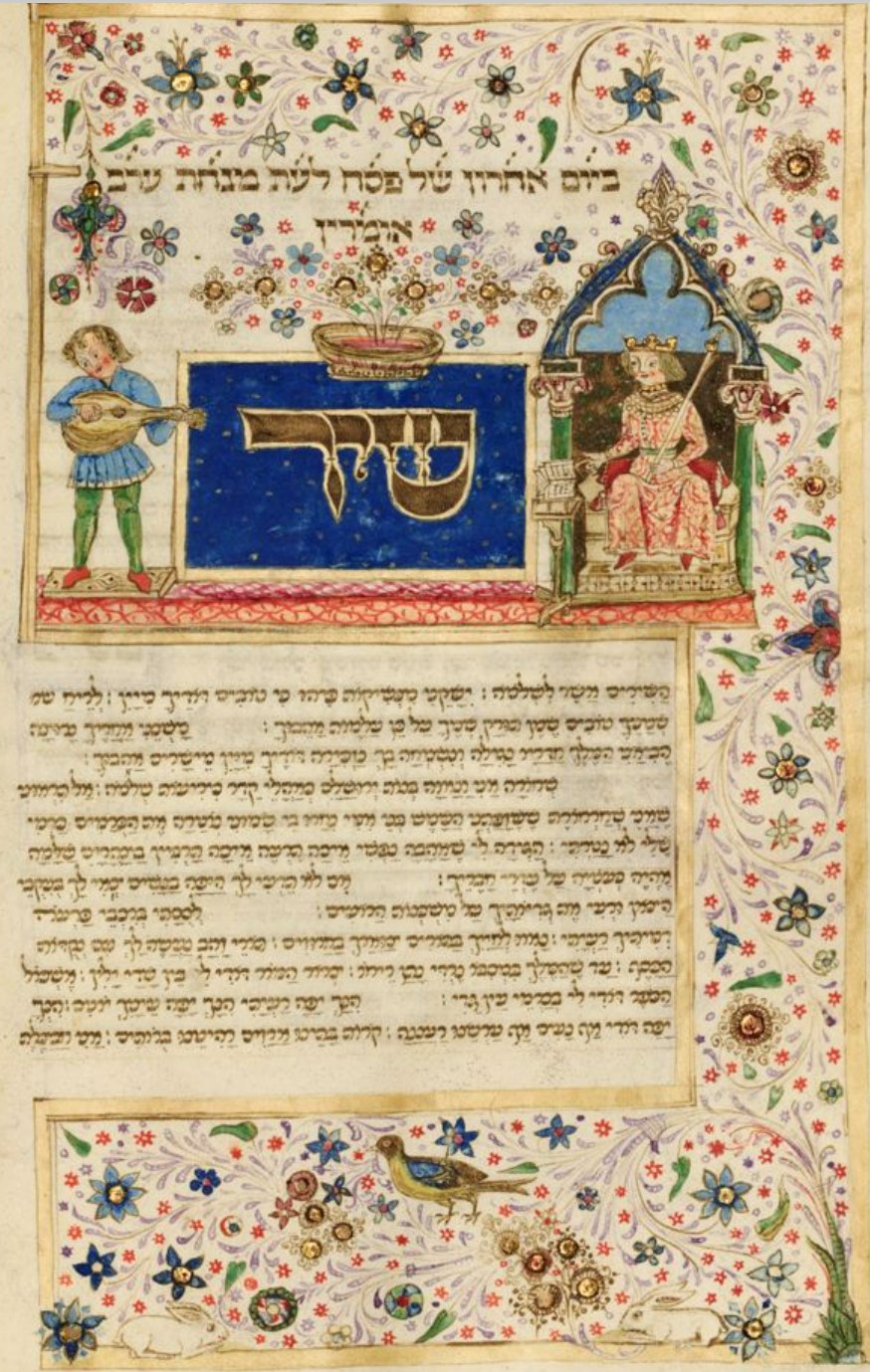|
Apocrypha
Apocrypha () are biblical or related writings not forming part of the accepted canon of scripture, some of which might be of doubtful authorship or authenticity. In Christianity, the word ''apocryphal'' (ἀπόκρυφος) was first applied to writings that were to be read privately rather than in the public context of church services. Apocrypha were edifying Christian works that were not always initially included as Biblical canon, canonical scripture. The adjective "apocryphal", meaning of doubtful authenticity, mythical, fictional, is recorded from the late 16th century, then taking on the popular meaning of "false," "spurious," "bad," or "heretical." It may be used for any book which might have scriptural claims but which does not appear in the canon accepted by the author. A related term for non-canonical apocryphal texts whose authorship seems incorrect is pseudepigrapha, a term that means "false attribution". In Christianity, the name "biblical apocrypha, the Apocrypha" ... [...More Info...] [...Related Items...] OR: [Wikipedia] [Google] [Baidu] [Amazon] |
Deuterocanon
The deuterocanonical books, meaning 'of, pertaining to, or constituting a second canon', collectively known as the Deuterocanon (DC), are certain books and passages considered to be canonical books of the Old Testament by the Catholic Church, the Eastern Orthodox Church, the Oriental Orthodox Church, and the Church of the East. In contrast, modern Rabbinic Judaism and Protestants regard the DC as Apocrypha. Seven books are accepted as deuterocanonical by all the ancient churches: Tobit, Judith, Baruch, Ecclesiasticus, Wisdom, First and Second Maccabees and also the Greek additions to Esther and Daniel. In addition to these, the Eastern Orthodox Church and the Oriental Orthodox Church include other books in their canons. The deuterocanonical books are included in the Septuagint, the earliest extant Greek translation of the Hebrew Bible. They date from 300 BC to 100 AD, before the separation of the Christian church from Judaism, and they are regularly found in o ... [...More Info...] [...Related Items...] OR: [Wikipedia] [Google] [Baidu] [Amazon] |
Biblical Canon
A biblical canon is a set of texts (also called "books") which a particular Jewish or Christian religious community regards as part of the Bible. The English word ''canon'' comes from the Ancient Greek, Greek , meaning 'ruler, rule' or 'measuring stick'. The use of ''canon'' to refer to a set of religious scriptures was first used by David Ruhnken, in the 18th century. Various biblical canons have developed through debate and agreement on the part of the religious authorities of their respective faiths and denominations. Some books, such as the Jewish–Christian gospels, have been excluded from various canons altogether, but many Antilegomena, disputed books are considered to be biblical apocrypha or deuterocanonical by many, while some denominations may consider them fully canonical. Differences exist between the Hebrew Bible and Christian biblical canons, although the majority of manuscripts are shared in common. Different religious groups include different books in t ... [...More Info...] [...Related Items...] OR: [Wikipedia] [Google] [Baidu] [Amazon] |
Biblical Apocrypha
The Biblical apocrypha () denotes the collection of ancient books, some of which are believed by some to be of doubtful origin, thought to have been written some time between 200 BC and 100 AD. The Catholic, Eastern Orthodox and Oriental Orthodox churches include some or all of the same texts within the body of their version of the Old Testament, with Catholics terming them deuterocanonical books. Traditional 80-book Protestant Bibles include fourteen books in an intertestamental section between the Old Testament and New Testament called the Apocrypha, deeming these useful for instruction, but non-canonical. Reflecting this view, the lectionaries of the Lutheran Churches and Anglican Communion include readings from the Apocrypha. Acceptance Some of the Biblical apocrypha were in the canon accepted by the earliest ecumenical councils. It was in Luther's Bible of 1534 that the Apocrypha was first published as a separate intertestamental section. The preface to the ... [...More Info...] [...Related Items...] OR: [Wikipedia] [Google] [Baidu] [Amazon] |
Pseudepigrapha
A pseudepigraph (also :wikt:anglicized, anglicized as "pseudepigraphon") is a false attribution, falsely attributed work, a text whose claimed author is not the true author, or a work whose real author attributed it to a figure of the past. The name of the author to whom the work is falsely attributed is often prefixed with the particle ":wikt:pseudo-, pseudo-", such as for example "pseudo-Aristotle" or "pseudo-Dionysius": these terms refer to the anonymous authors of works falsely attributed to Aristotle and Dionysius the Areopagite, respectively. In biblical studies, the term ''pseudepigrapha'' can refer to an assorted collection of Jewish religious works thought to be written 300 BCE to 300 CE. They are distinguished by Protestantism, Protestants from the deuterocanonical books (Catholic and Orthodox) or Apocrypha (Protestant), the books that appear in extant copies of the Septuagint in the fourth century or later and the Vulgate, but not in the Hebrew Bible or in Protestan ... [...More Info...] [...Related Items...] OR: [Wikipedia] [Google] [Baidu] [Amazon] |
Acts Of Thomas
''Acts of Thomas'' is an early 3rd-century text, one of the New Testament apocrypha within the Acts of the Apostles subgenre. The complete versions that survive are Syriac and Greek. There are many surviving fragments of the text. Scholars detect from the Greek that its original was written in Syriac, which places the ''Acts of Thomas'' in Edessa, likely authored before 240 AD. The surviving Syriac manuscripts, however, have been edited to purge them of the most unorthodox overtly Encratite passages, so that the Greek versions reflect the earlier tradition. The earliest external reference to the ''Acts of Thomas'' dates to c.225 in Origen's ''Exegesis on Genesis'', although this text is now lost and its citation survives via later texts, e.g. Eusebius of Caesarea's Ecclesiastical History (3.1.1–3). Fragments of four other cycles of romances around the figure of the apostle Thomas survive, but this is the only complete one. It should not be confused with the early "sayi ... [...More Info...] [...Related Items...] OR: [Wikipedia] [Google] [Baidu] [Amazon] |
Gelasian Decree
The Gelasian Decree () is a Latin text traditionally thought to be a decretal of the prolific Pope Gelasius I (492-496). The work reached its final form in a five-chapter text written by an anonymous scholar between 519 and 553. The second chapter is a list of books of Scripture defined as part of the biblical canon by a Council of Rome, traditionally dated to Pope Damasus I (366–383) and thus known as the Damasine List. Burkitt The fifth chapter of the work includes a list of rejected works not encouraged for church use. Content The ''Decretum'' exists in a number of recensions of varying lengths. The longest has 5 chapters, another recension has the last 4 of these chapters, another the last 3, and another the first ...[...More Info...] [...Related Items...] OR: [Wikipedia] [Google] [Baidu] [Amazon] |
Gnostic
Gnosticism (from Ancient Greek: , romanized: ''gnōstikós'', Koine Greek: �nostiˈkos 'having knowledge') is a collection of religious ideas and systems that coalesced in the late 1st century AD among early Christian sects. These diverse groups emphasized personal spiritual knowledge ('' gnosis'') above the proto-orthodox teachings, traditions, and authority of religious institutions. Generally, in Gnosticism, the Monad is the supreme God who emanates divine beings; one, Sophia, creates the flawed demiurge who makes the material world, trapping souls until they regain divine knowledge. Consequently, Gnostics considered material existence flawed or evil, and held the principal element of salvation to be direct knowledge of the hidden divinity, attained via mystical or esoteric insight. Many Gnostic texts deal not in concepts of sin and repentance, but with illusion and enlightenment. Gnosticism likely originated in the late first and early second centuries around Alex ... [...More Info...] [...Related Items...] OR: [Wikipedia] [Google] [Baidu] [Amazon] |
Christianity
Christianity is an Abrahamic monotheistic religion, which states that Jesus in Christianity, Jesus is the Son of God (Christianity), Son of God and Resurrection of Jesus, rose from the dead after his Crucifixion of Jesus, crucifixion, whose coming as the Messiah#Christianity, messiah (Christ (title), Christ) was Old Testament messianic prophecies quoted in the New Testament, prophesied in the Old Testament and chronicled in the New Testament. It is the Major religious groups, world's largest and most widespread religion with over 2.3 billion followers, comprising around 28.8% of the world population. Its adherents, known as Christians, are estimated to make up a majority of the population in Christianity by country, 157 countries and territories. Christianity remains Christian culture, culturally diverse in its Western Christianity, Western and Eastern Christianity, Eastern branches, and doctrinally diverse concerning Justification (theology), justification and the natur ... [...More Info...] [...Related Items...] OR: [Wikipedia] [Google] [Baidu] [Amazon] |
Gnostics
Gnosticism (from Ancient Greek: , romanized: ''gnōstikós'', Koine Greek: �nostiˈkos 'having knowledge') is a collection of religious ideas and systems that coalesced in the late 1st century AD among early Christian sects. These diverse groups emphasized personal spiritual knowledge ('' gnosis'') above the proto-orthodox teachings, traditions, and authority of religious institutions. Generally, in Gnosticism, the Monad is the supreme God who emanates divine beings; one, Sophia, creates the flawed demiurge who makes the material world, trapping souls until they regain divine knowledge. Consequently, Gnostics considered material existence flawed or evil, and held the principal element of salvation to be direct knowledge of the hidden divinity, attained via mystical or esoteric insight. Many Gnostic texts deal not in concepts of sin and repentance, but with illusion and enlightenment. Gnosticism likely originated in the late first and early second centuries around Alex ... [...More Info...] [...Related Items...] OR: [Wikipedia] [Google] [Baidu] [Amazon] |
Church Of The East
The Church of the East ( ) or the East Syriac Church, also called the Church of Seleucia-Ctesiphon, the Persian Church, the Assyrian Church, the Babylonian Church, the Chaldean Church or the Nestorian Church, is one of three major branches of Eastern Christianity, Eastern Nicene Christianity that arose from the Christological controversies in the Christianity in the 5th century, 5th century and the Christianity in the 6th century, 6th century, alongside that of Miaphysitism (which came to be known as the Oriental Orthodox Churches) and Chalcedonian Christianity (from which Catholicism, Eastern Orthodoxy and Protestantism would arise). Having its origins in Mesopotamia during the time of the Parthian Empire, the Church of the East developed its own unique form of Christian theology and East Syriac Rite, liturgy. During the early modern period, a series of Schism#Christianity, schisms gave rise to rival patriarchates, sometimes two, sometimes three. In the latter half of the 20 ... [...More Info...] [...Related Items...] OR: [Wikipedia] [Google] [Baidu] [Amazon] |
Latin
Latin ( or ) is a classical language belonging to the Italic languages, Italic branch of the Indo-European languages. Latin was originally spoken by the Latins (Italic tribe), Latins in Latium (now known as Lazio), the lower Tiber area around Rome, Italy. Through the expansion of the Roman Republic, it became the dominant language in the Italian Peninsula and subsequently throughout the Roman Empire. It has greatly influenced many languages, Latin influence in English, including English, having contributed List of Latin words with English derivatives, many words to the English lexicon, particularly after the Christianity in Anglo-Saxon England, Christianization of the Anglo-Saxons and the Norman Conquest. Latin Root (linguistics), roots appear frequently in the technical vocabulary used by fields such as theology, List of Latin and Greek words commonly used in systematic names, the sciences, List of medical roots, suffixes and prefixes, medicine, and List of Latin legal terms ... [...More Info...] [...Related Items...] OR: [Wikipedia] [Google] [Baidu] [Amazon] |
Song Of Songs
The Song of Songs (), also called the Canticle of Canticles or the Song of Solomon, is a Biblical poetry, biblical poem, one of the five ("scrolls") in the ('writings'), the last section of the Tanakh. Unlike other books in the Hebrew Bible, it is erotic poetry; lovers express passionate desire, exchange compliments, and invite one another to enjoy. The poem narrates an intense, poetic love story between a woman and her lover through a series of sensual dialogues, Dream, dreams, Metaphor, metaphors, and warnings to the “daughters of Jerusalem” not to awaken love before its time. Modern scholarship tends to hold that the lovers in the Song are unmarried, which accords with its ancient Near East context. The women of Jerusalem form a Greek chorus, chorus to the lovers, functioning as an audience whose participation in the lovers' erotic encounters facilitates the participation of the reader. Most scholars view the Song of Songs as erotic poetry celebrating human love, not di ... [...More Info...] [...Related Items...] OR: [Wikipedia] [Google] [Baidu] [Amazon] |








